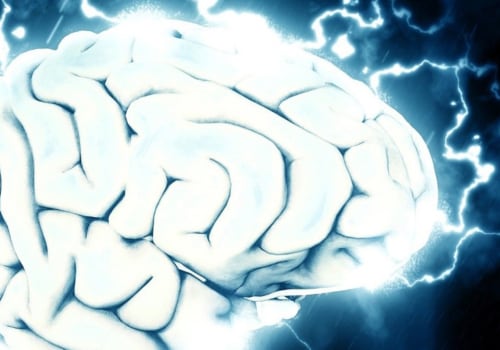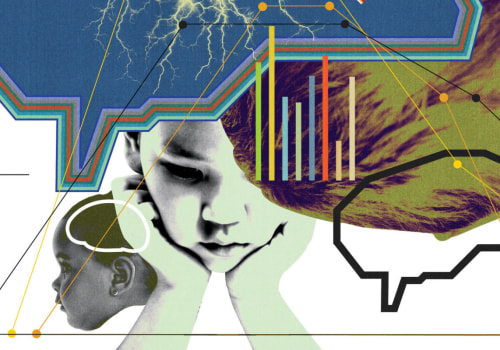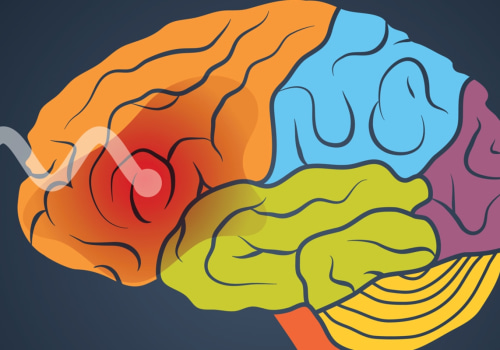The cerebellum is a prominent participant in addiction, with evidence suggesting it performs functions beyond motor control. In this article, we review the evidence of the cerebellum's involvement in addictive behavior. We focus on molecular and cellular targets in the cerebellum, where addictive drugs can act and induce neuroplasticity mechanisms that may contribute to the development of an addiction. In addition, we analyze the behavioral consequences of repetitive drug administration that result from activity-dependent changes in the efficacy of cerebellar synapses.
The research reviewed includes the cerebellum in drug-induced long-term memory, drug-induced sensitization, and the persevering behavioral phenotype. The results agree on the relevant participation of the cerebellum in the functional systems underlying drug addiction. The molecular and cellular actions of addictive drugs in the cerebellum involve long-term adaptive changes in receptors, neurotransmitters, and intracellular signal transduction pathways that can lead to the reorganization of the cerebellar microzones and, in turn, to functional networks where the cerebellum is a key nodal structure. We propose that drug-induced activity-dependent synaptic changes in the cerebellum are crucial for transitioning from recreational drug use to compulsive behavior.
Functional and structural modifications caused by drugs in the cerebellum may increase the susceptibility of frontocerebellar circuits to be changed by repeated exposure to drugs. As part of this functional reorganization, drug-induced cerebellar hyperreactivity appears to be critical in reducing executive control of the prefrontal cortex on behavior and aiding transition to an automatic control mode. Addiction involves alterations in neural mechanisms of plasticity that allow the brain to store information, regenerate, and recover from possible disorders or injuries. In an addicted person, the brain's learning and memory mechanisms that allow them to make decisions and perform acts of will are impaired.
Addictive drugs force the brain to store harmful data about where, when, and how to use the substance. In fact, the drug is the predominant information in the brains of people affected by addiction. Substance use disorders are a result of changes in brain function caused by repeated use of alcohol or drugs. The most serious expression of this disorder is addiction, which is associated with changes in reward system circuits involved in pleasure, learning, stress, decision-making, and self-control.
Consequently, understanding and manipulating the cerebellum-VTA pathway may be key to treating addiction and preventing relapses after treatment. The role that the cerebellum plays in addiction processes is likely complex and could depend on the particular drug of abuse, pattern of use, and stage of user within addiction cycle. Magnetic resonance imaging studies have shown that the cerebellum of people living with an addiction is hyperactive in response to stimuli related to their addiction.






